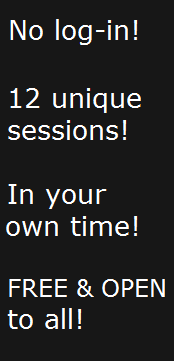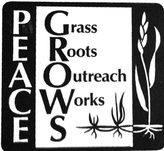ROSA’ S QUIET COURAGE
Her refusal to be intimidated started the Civil Rights Movement.
On December 1, 1955, Rosa Parks, a Black seamstress, boarded a bus in Montgomery, Alabama, on her way home from work. Tired, she sat in the first row of seats behind the full white section. When more white people boarded, as was the custom, Ms. Parks was asked to move farther back to give seats to the whites. The Black section was full by this time, so she would have had to stand. Three other Black people, sitting in the same row, did move back, but she quietly and with dignity refused.
The driver called the police, and Rosa Parks was arrested for violating the city’s segregation ordinance. Probably because she was so highly respected in the Black community, her arrest triggered the long-smoldering resentment of the Black community into action. At the suggestion of the (Black) Women's Political Council, a mass meeting of Black citizens decided to boycott all buses on Monday, December 5th, and to meet that night to determine further action.
The boycott was a complete success. No more than a tiny handful of Montgomery's 50,000 Black citizens rode a bus that day. They realized, though, that one day’s effort would mean little. At Monday’s mass meeting, the community decided unanimously to continue the boycott until:
(1) courteous treatment of Blacks by bus operators was guaranteed,
(2) seating was on a first-come, first-served basis, whites beginning in the front and Blacks in the back, and
(3) Black bus operators were employed on predominantly Black routes. To direct the bus boycott, they formed the Montgomery Improvement Association and chose as its president a young, well-educated minister, Martin Luther King, Jr.
With many trials and tribulations, the bus boycott continued for over one year. The whole world knew what was going on, not only regarding the unjust seating, but regarding the bombings, harassment arrests, and the unjust legal treatment.
Opinion was so in sympathy that when the U.S. Supreme Court itself acted, the boycott finally ended.
When Dr. Martin Luther King, Jr. boarded the first bus, the driver smiled cordially and said, ”You’re Dr. King, aren’t you? We're glad to have you this morning."
Violence against Black people in Montgomery and elsewhere did not end with the end of the bus boycott, but the widespread belief that Blacks approved of their inferior status under segregation was shattered, and the Civil Rights movement began.
See The Power of Nonviolence (Gregg), pp. 36-41, and Nonviolence (Miller), pp. 298-305
As stated earlier in this session, many react violently when their rights or needs are deprived or denied. This case about the Montgomery Boycott is an example of how Human Rights and Needs can be gained nonviolently through factors of a fully functioning human being (a mission, support, power, and resources) and the use of the following nonviolent techniques: reject any and all use of violence, be willing to suffer oneself but unwilling to cause suffering, be persistent and patient because change comes slowly, maintain good conduct, integrity, and humility, and finally be faithful to the truth.
Submitted by Editor of ATVC
Danene M Bender

 RSS Feed
RSS Feed

